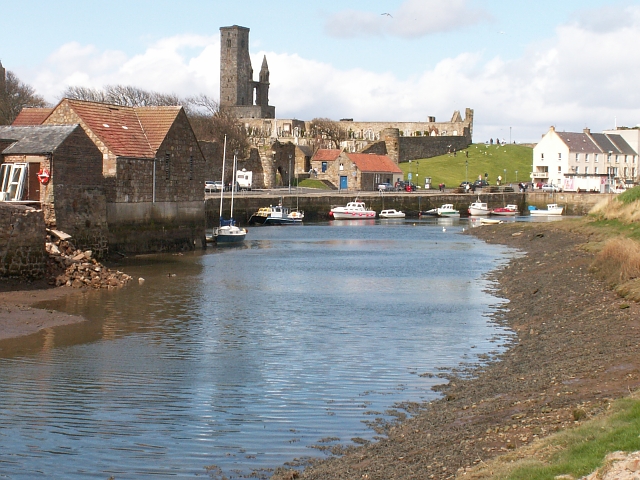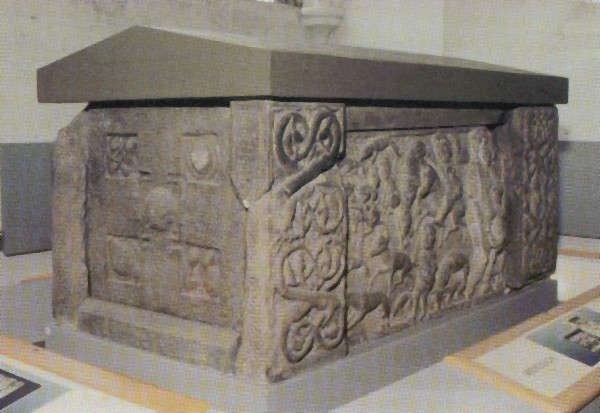Brownhills
Settlement in Fife
Scotland
Brownhills

Brownhills is a small village located in the eastern part of Fife, Scotland. Situated approximately 4 miles southeast of the town of Glenrothes, it is nestled in a rural setting surrounded by picturesque countryside. The village is characterized by its tranquil atmosphere and offers a peaceful retreat from the hustle and bustle of nearby urban areas.
Brownhills has a rich history dating back centuries, with evidence of human settlement in the area since ancient times. The village is known for its traditional architecture, with many buildings constructed using locally sourced materials, such as sandstone and slate.
Despite its small size, Brownhills boasts a close-knit community that takes pride in its heritage. The village features a small primary school, which serves the local children, and a community center that hosts various events and activities throughout the year. Additionally, there is a village pub where residents and visitors can gather for a drink and a meal, fostering a sense of camaraderie among the locals.
The surrounding countryside offers ample opportunities for outdoor pursuits, including walking, hiking, and cycling. Nearby attractions include the Lomond Hills Regional Park, which provides breathtaking views and a range of recreational activities.
Overall, Brownhills is a charming village that offers a peaceful and idyllic lifestyle for its residents. With its rich history, beautiful surroundings, and strong sense of community, it is a hidden gem in the heart of Fife.
If you have any feedback on the listing, please let us know in the comments section below.
Brownhills Images
Images are sourced within 2km of 56.324941/-2.7777332 or Grid Reference NO5215. Thanks to Geograph Open Source API. All images are credited.





![St. Andrews Cathedral, remains of the West Front This must be a heart-breaking scene for anyone with an interest in Scottish history or a love of and respect for old buildings. It's all too easy to blame the Protestant reformers for the appalling condition of the Cathedral today - and I suppose they bear responsibility for its loss of protection in the post-Reformation era - but their iconoclastic attack in 1559 could never have wrought damage to the extent seen here. This is clearly a result of not just neglect but the subsequent quarrying of the stone over generations for use in the town and surrounding area. Destruction in war apart, this must qualify as one of the worst acts of vandalism ever perpetrated on a church building in the whole of western Europe.
Between 1273 and 1279 the west front was wrecked in a storm and rebuilt under Bishop Wishart (1271-79) who was buried in front of the high altar. The new front, seen here, was built two bays further east of the original gable. The central door was the main processional doorway used by the canons, while parishioners and pilgrims entered by a door on the north side of the nave.
"..the tacit assumption that all ecclesiastical buildings of Scotland were in fair or good condition when that outburst [of 1559-60] took place is preposterous". -- David Hay Fleming, Reformation in Scotland, 1931](https://s0.geograph.org.uk/geophotos/02/67/78/2677872_eeec8993.jpg)


Brownhills is located at Grid Ref: NO5215 (Lat: 56.324941, Lng: -2.7777332)
Unitary Authority: Fife
Police Authority: Fife
What 3 Words
///belonging.blackbird.displays. Near St Andrews, Fife
Nearby Locations
Related Wikis
St Nicholas Hospital, St Andrews
St Nicholas Hospital was a medieval hospital in St Andrews, Fife. It was located around what is today St Nicholas farmhouse at the Steading, between Albany...
Kinkell, Fife
Kinkell was an estate to the east of St Andrews in Scotland. In the Middle Ages it was the site of a chapel, hospital, dovecote and a castle or manor house...
St Andrews Community Hospital
St Andrews Community Hospital is a small hospital to the south of the university town of St Andrews in Fife, Scotland. The hospital serves the town of...
Kinness Burn
The Kinness Burn is a 5+3⁄4 miles (9.5 kilometres) long burn (stream) in Fife, Scotland. It flows into the North Sea through the inner harbour of St Andrews...
Church of St Mary on the Rock
The Church of St Mary on the Rock or St Mary's Collegiate Church, was a secular college of priests based on the seaward side of St Andrews Cathedral, St...
St Andrews Cathedral Priory
St Andrews Cathedral Priory was a priory of Augustinian canons in St Andrews, Fife, Scotland. It was one of the great religious houses in Scotland, and...
St Andrews Sarcophagus
The Saint Andrews Sarcophagus is a Pictish monument dating from the second half of the 8th century. The sarcophagus was recovered beginning in 1833 during...
St Leonards School
St Leonards School is a private boarding and day school for pupils aged 4–19 in St Andrews, Fife, Scotland. Founded in 1877 as St Andrews School for Girls...
Nearby Amenities
Located within 500m of 56.324941,-2.7777332Have you been to Brownhills?
Leave your review of Brownhills below (or comments, questions and feedback).












